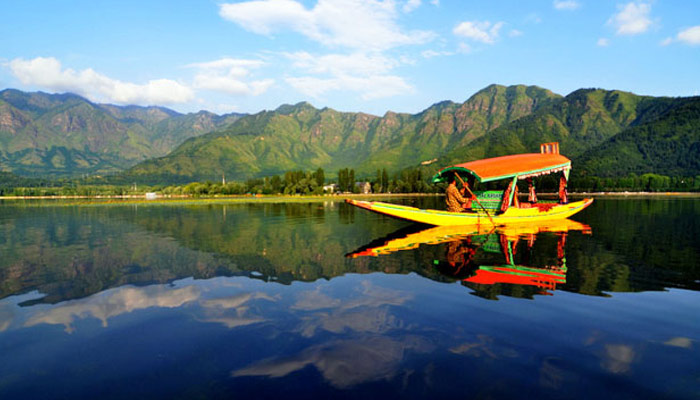TRENDING TAGS :
IMD forecasts blistering summer, hill stations to be warmer too...
The IMD will update its summer forecasts every 5 days using the dynamical model, primarily designed to forecast the monsoon, but has since last year been also used to gauge summer temperatures also
New Delhi: Summers of 2017 may have an adverse impact on tourism in the the hill stations of the country. The India Meteorological Department has forecasted extremely hot summers with temperatures reaching above normal in most states across the country and the popular hill stations states among the tourists, namely, Himachal Pradesh, Uttarakhand, Jammu and Kashmir among others are expected to be particularly hot.
According to the IMD, the temperature this summer is likely to be well above 1 degree Celsius above their normal summer temperatures.
The IMD weather model, used to prepare the forecast, shows a 47 per cent probability of summer temperatures being above normal.
KJ Ramesh, Director-General IMD stated, “We expect most of the warming to be in the north-west. I think the summer may be slightly milder than last year.”
The last year’s elevated temperature was mainly due to a particularly warm winter that was the warmest since 1901, said KJ Ramesh.
The IMD also classified Punjab, Delhi, Haryana, Rajasthan, Uttar Pradesh, Gujarat, Madhya Pradesh, Chhattisgarh, Bihar, Jharkhand, West Bengal, Odisha and Telangana are some other states to be in the ‘core heat zone’ and said that they are expected to see significantly warmer temperatures.
What else the weather agency has stated:
- The summer forecast has been done considering a generally warm trend over previous months.
- Year 2016 was the warmest in a century with the country recording 0.91 C warm temperature than the 1961-1990 average.
- The summer months of March-May last year were 1.36 C higher than historical average, making it the second-warmest since 1901.
- Global warming is to be blamed for such condition. Studies indicate increasing trends in the frequency and duration of heat waves over the country.
- This can be attributed to increasing trends in the greenhouse gases and the warming of the sea surface temperatures over the equatorial Indian and Pacific oceans.
The IMD will update its summer forecasts every 5 days using the dynamical model, primarily designed to forecast the monsoon, but has since last year been also used to gauge summer temperatures also.



